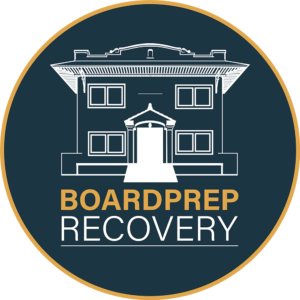“If you are going through hell, keep going.” – Sir Winston Churchill
A 2019 report by the Centers for Disease Control (CDC) states that two-thirds of the more than 70,000 drug-related deaths in the U.S. in 2017 involved opioids, indicating a 45% increase in opioid-related deaths between 2016 and 2017.
 Now, dwelling on that kind of “news” or the overdose death of someone you know (or any of a wide range of “life events”) can lead to feelings of futility or fear about your own recovery. And you don’t need to be a rocket scientist to know that during such times of despair, futility or hopelessness, temptations or cravings to use can find more of a foothold within us.
Now, dwelling on that kind of “news” or the overdose death of someone you know (or any of a wide range of “life events”) can lead to feelings of futility or fear about your own recovery. And you don’t need to be a rocket scientist to know that during such times of despair, futility or hopelessness, temptations or cravings to use can find more of a foothold within us.
What can we do when we’re feeling low on hope?
Letting others know “where you’re at” is a good place to start. Whether turning to a friend in treatment, a caring staff member or your sponsor, that old saying, “Sadness shared is sadness lessened” can also be applied when you’re feeling hopeless or in despair. Opening up and telling someone, “My hope gas tank is empty” naturally paves the way for them to acknowledge, console, reassure and inspire you with their care, encouragement and love.
The key point here is: We don’t have to face “heavy” situations or feelings alone… We can (read “must”) reach out for help, drawing upon the resources and relationships available to us in treatment and the 12-Step rooms.
Choosing where to put our attention is another tool we can use when we’re feeling hopeless, downhearted or discouraged. Indeed, we often hear in 12-Step rooms: “What you put your attention on grows
stronger.”
How is this Yoda-like mantra relevant to us when we’re feeling down in the dumps or pessimistic? Well, it actually provides valuable direction and guidance, especially when we’re in treatment.
The fact is, there arepotentially many challenging, grim realities we may need to face at any given time as we’re putting one foot in front of another to build our new lives in recovery.
But our “attention” (and what we put it on) is more powerful than we may have known in the past. We can (again, read “must”) use it as a means to stabilize ourselves when we encounter negativity, obstacles or rocky times, or when we realize we need to redirect our attitude when we get into an emotional funk or “stinking thinking.” For example, asking ourselves: Focusing on what part of my program could help me feel more centered, calm and trusting right now?
It’s when I recognize I have a choice to either dwell on the problem or the solution, on what I can’t change or what I can change (almost always, it boils down to changing my attitude or behavior), then I can start to navigate my boat in a better direction, but not until I make that adjustment in where I’m putting my attention.
So, if you find yourself sliding into feelings of hopelessness or despair, don’t hesitate to reach out and share with someone who can help shine some light on the darkness you may be facing, and do an honest self-appraisal to ensure you’re putting your attention on strengthening your recovery, health and well-being, and not on wallowing in any doom or gloom. The power of choice is yours to use!






